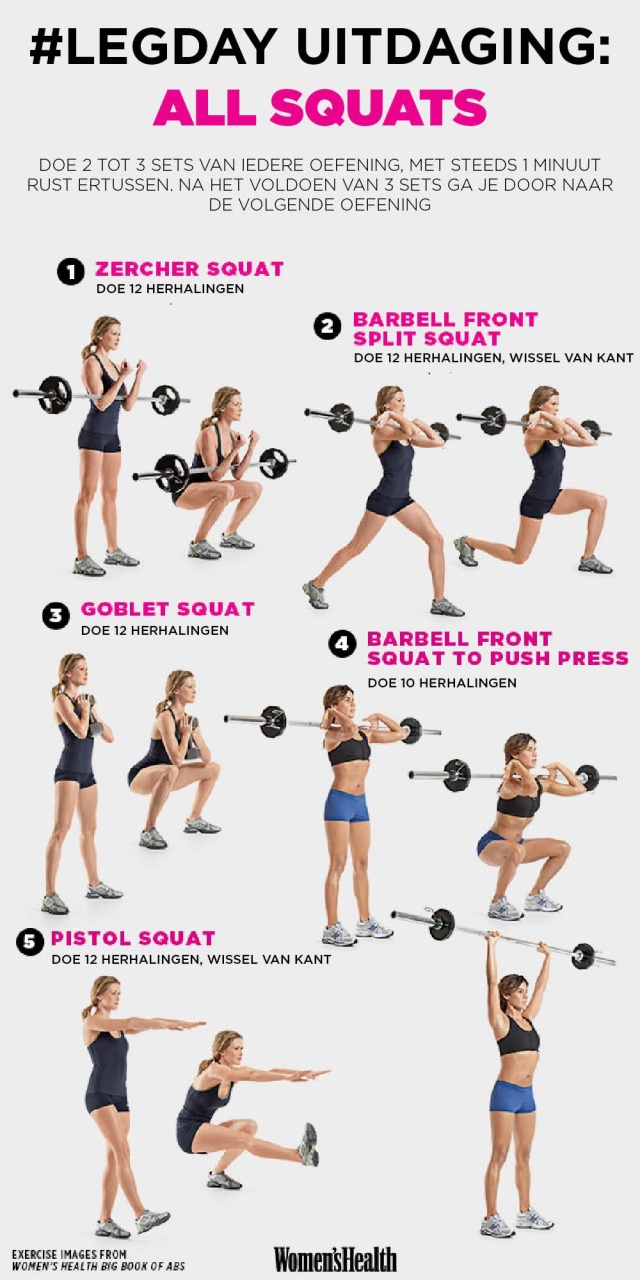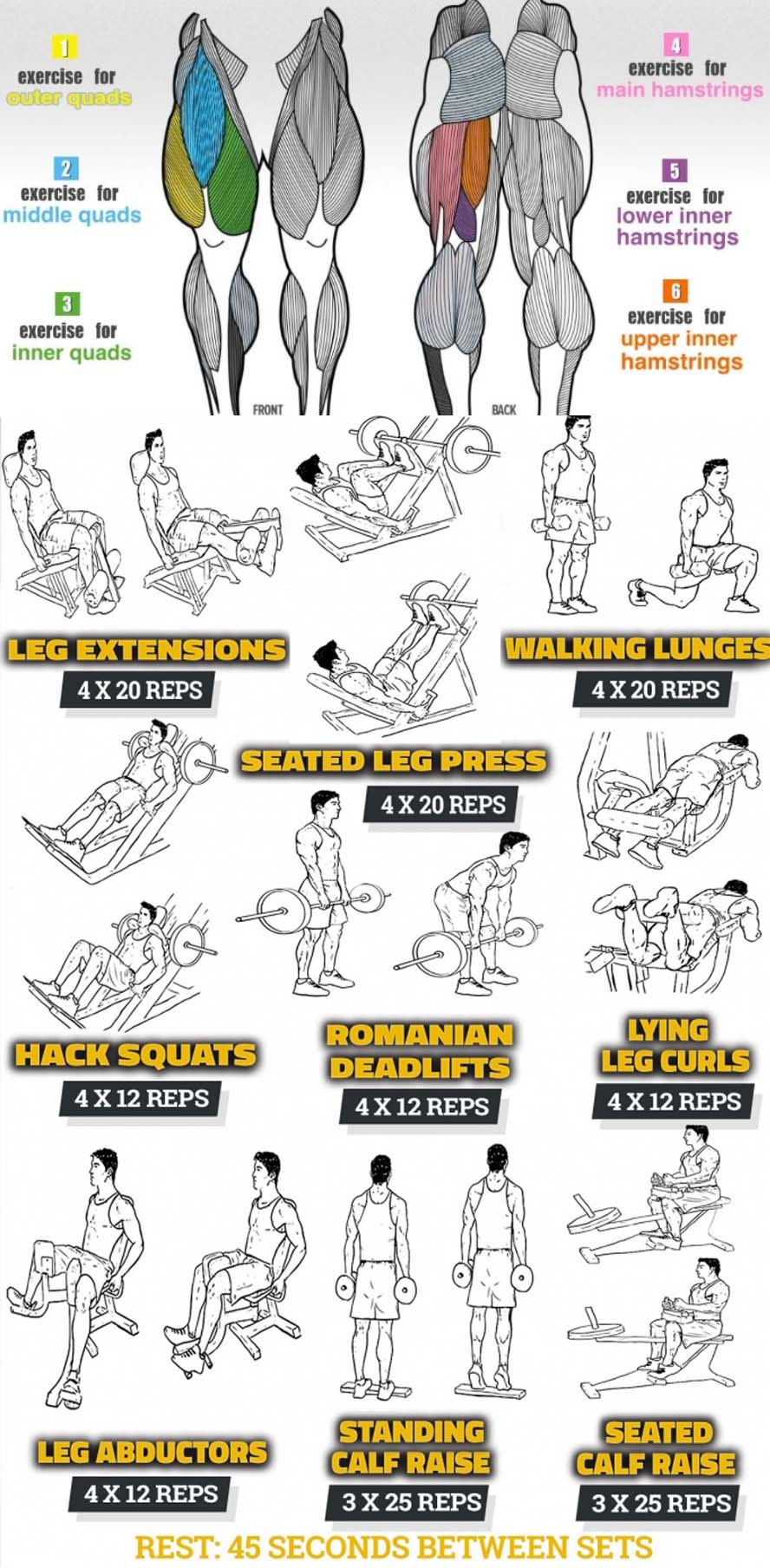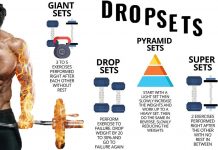🔥 How to master the squat
✅ Our guide to take you from the sofa to the squat rack
✅ If you’re looking to pack on lower-body bulk, there’s only one way to do it; get yourself to the squat rack.
[wp_ad_camp_2]

🚨 Step 1: Master the bodyweight squat
– Stand with your feet shoulder width apart. Start the movement by bending your knees and sitting back with your hips.
– Go down as far as you can and quickly reverse the motion back to the starting position. Keep your head up and back straight throughout the move.
[wp_ad_camp_1]
Before you shift the iron, you have to learn to move. The bodyweight squat is your first step into leg day, so here’s a chance to form good habits before you lay a bar across your back. First question: how low should you go?
“Physiologically, not everyone can hit rock bottom,” “but someone with very shallow hip sockets will find it relatively easy to perform a deep squat without compromising their technique.” For those with deeper-set joints or mobility issues, dropping until your knees are at 90 degrees is the gains gold standard.
🚨 Step 2: Add weight

[wp_ad_camp_4]
– Stand with your feet more than shoulder-width apart and hold a barbell across your upper back with an overhand grip – avoid resting it on your neck.
– Hug the bar into your traps to engage your upper back muscles. Slowly sit back into a squat with head up, back straight and backside out. Lower until your hips are aligned with your knees, with your legs at 90 degrees – a deeper squat will be more beneficial but get the strength and flexibility first.
– Drive your heels into the floor to push yourself explosively back up. Keep form until you’re stood up straight: that’s one.
(Related: why your groin hurts when you squat)
Even if you’re just working with the bar, a full-size one will weigh 20kg on its own. Remember all your good habits from the bodyweight squat and incorporate them; bum as low as you can, looking forward and an explosive up-motion. Gradually add weight to progress.
🚨 Step 3: Adjust your form
[wp_ad_camp_3]

One of the key mistakes every newcomer makes with a loaded squat is to turn their feet out a few degress. It assists in supporting weight, but it could cause problems down the road. “Biomechanically, you’re putting your lower joints at risk of injury,” .“Your knees begin to wobble and your arches collapse. Your knees and Achilles are vulnerable to tears.”
[wp_ad_camp_5]
One tip for keeping your core engaged, which turns every squat into a six-pack sculptor, is to keep your back straight and look forward. This naturally tenses your abs as if you were about to take a body-blow, but it also ensures that your entire body is engaged. The concept of compound lifts is to work as many muscles as possible, and the squat is the compound king.
🚨 Step 4: Master variations
If the squat works lots of different muscles, why not adjust it to target specific areas? These three moves are designed for a slightly different squatting experience. Happy lifting.

















































